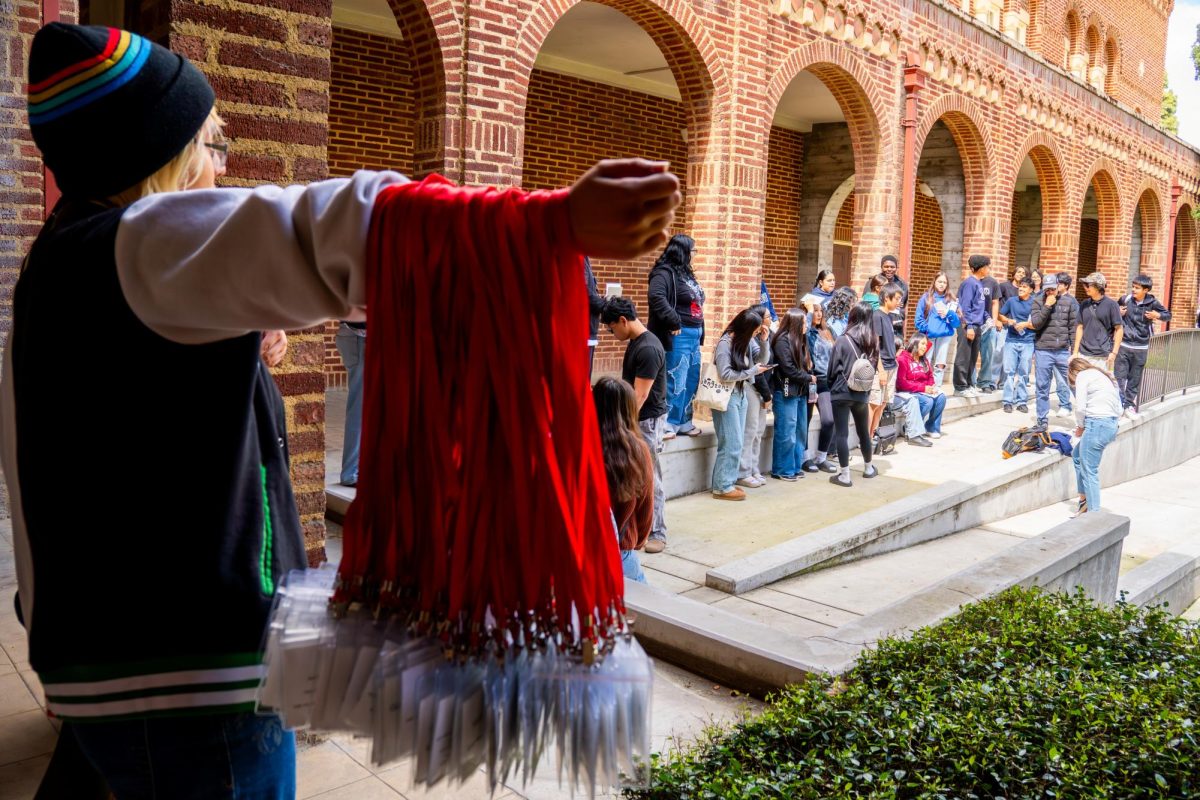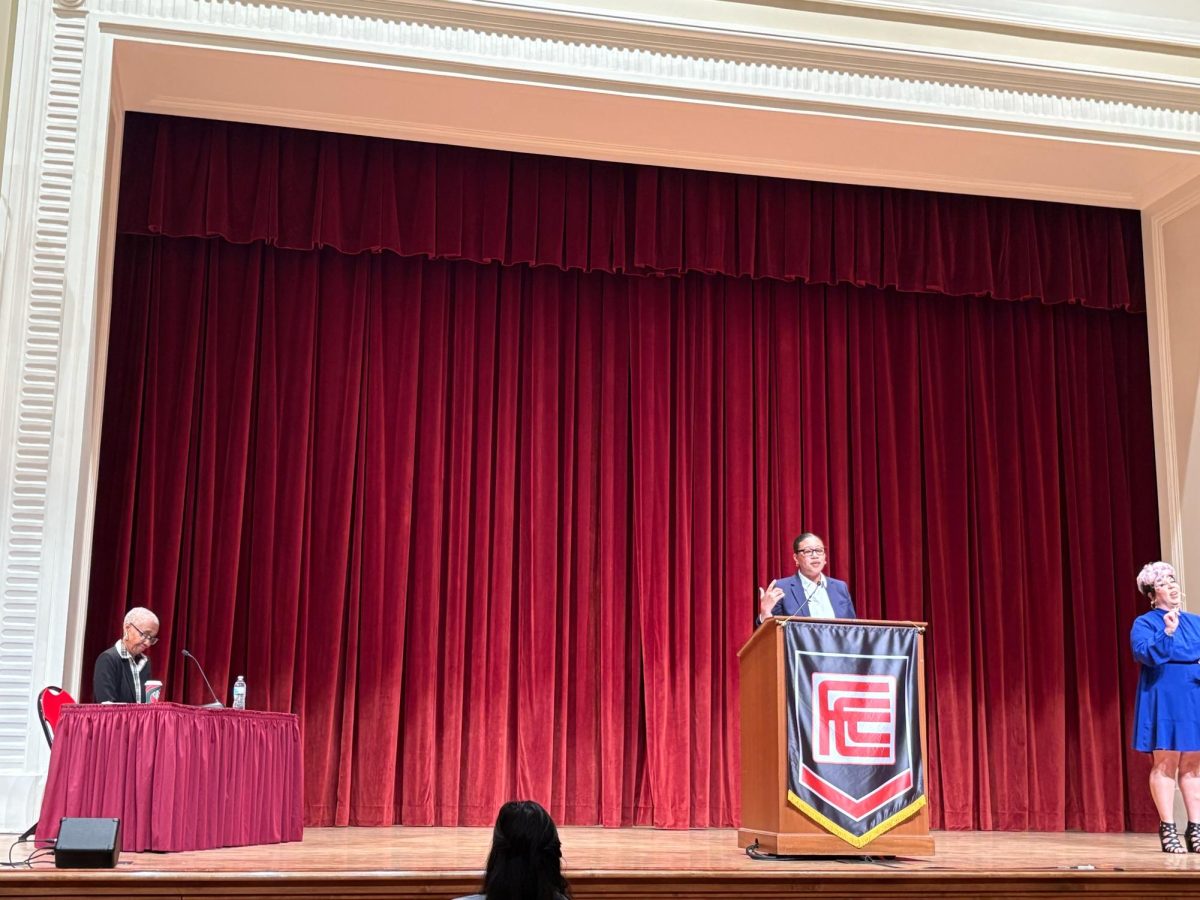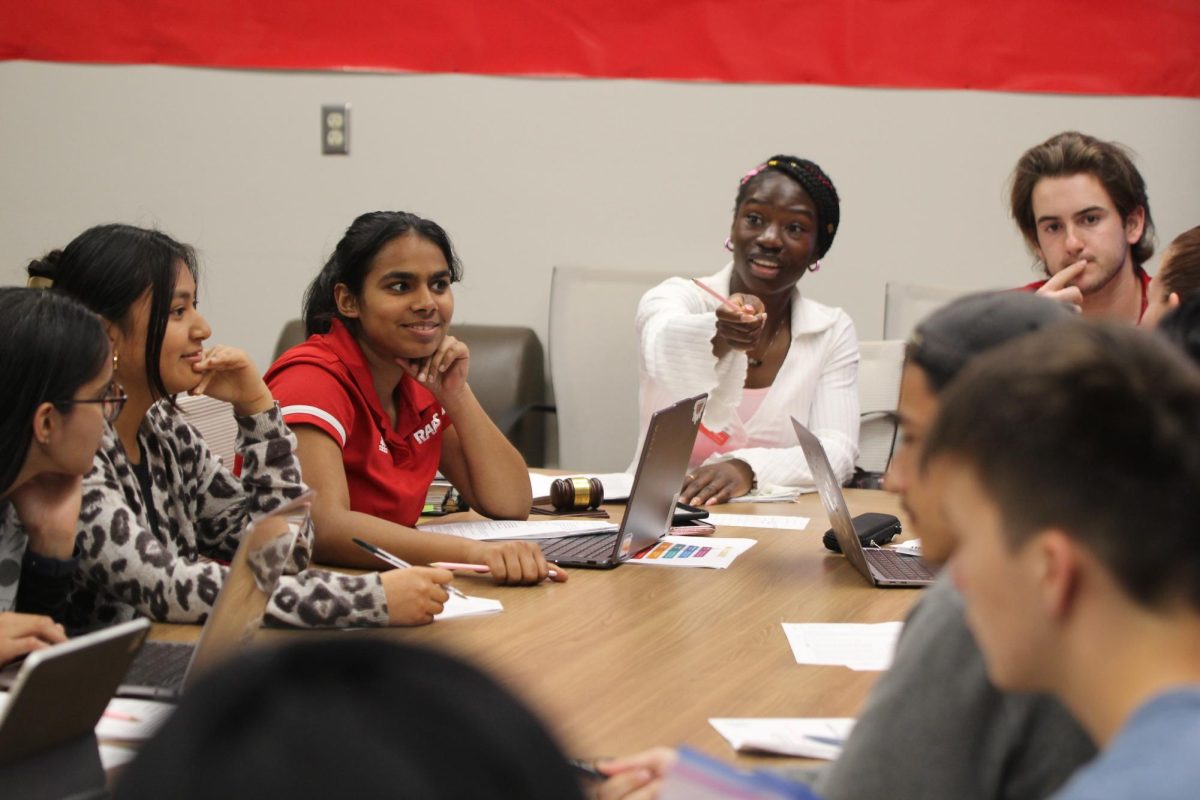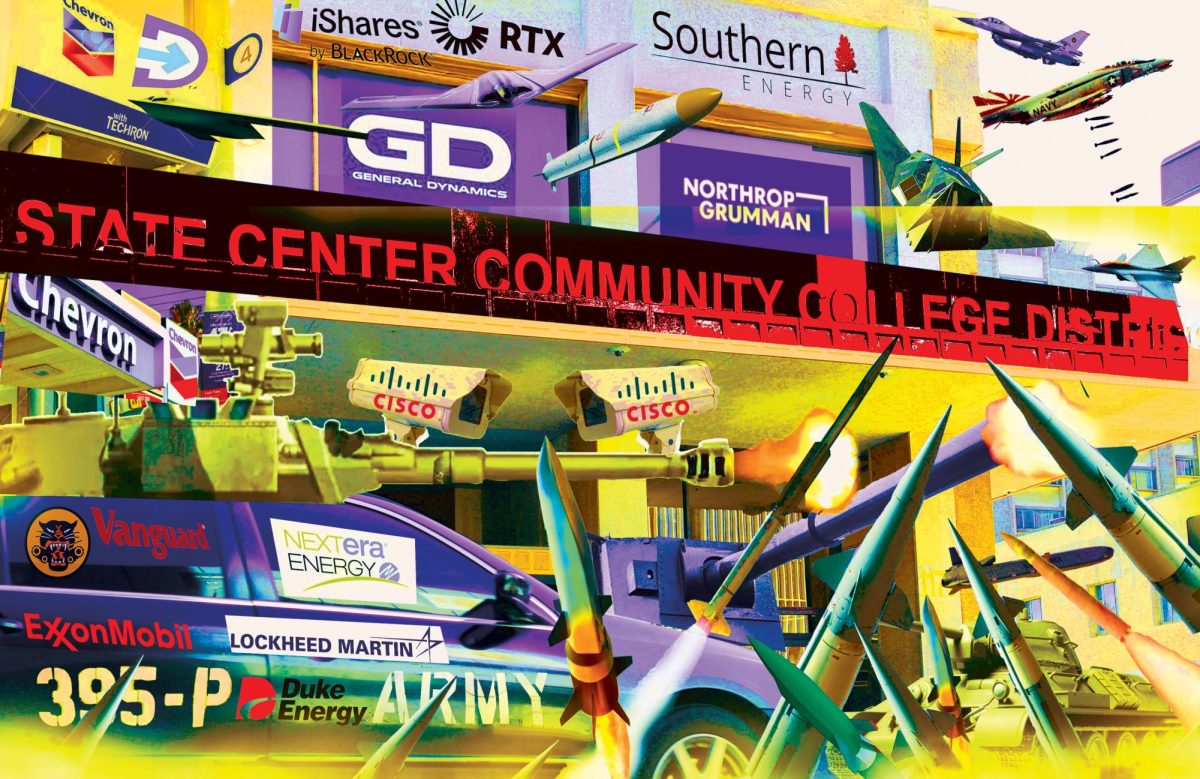Communication professor, Jerry Thurston, is working diligently to help Fresno City College become a Safe Zone, a place where students who are gay, lesbian, bisexual, or transgender can find sanctuary on campus.
“People think Safe Zones are like designated smoking areas, where you can go and be safe and hold your boyfriend’s hand. It is much more than that,” Thurston said. “It is an entire campus working as a whole to show support, by training faculty and other staff, and to spread a campus wide message that this is a safe place for all sexual orientations.”
He also said that creating a safe zone requires more than a mere superficial fix. “Another misconception about Safe Zones, is that they should be fairly easy, putting up rainbow stickers in class rooms and on windows. Though that might help slightly in showing support, it doesn’t really help,” Thurston said. “There is evidence of physical attacks in restrooms as well as instructors saying, offensive, homophobic things during lectures.”
The college is not currently a Safe Zone, and Thurston submitted a sabbatical proposal in Oct. 2010 to develop a plan to develop this safe zone. His request was ultimately denied due to budget cuts. While, the program was not accepted for funding in 2010, that hasn’t stopped Thurston. He resubmitted a second request just this month and expects to hear in December.
Students who are gay, lesbian, bisexual, or transgender are at significant risk of truancy, performing below their abilities, and dropping out entirely due to bullying and intimidation from peers, according to a new report by the National Education Association.
Last year, Tyler Clementi, a student at Rutgers University in New Jersey, jumped off the George Washington Bridge after his sexual orientation was exploited online. Clementi’s college roommate used a video to spy on him in an intimate encounter with another man. The video was then displayed on the internet. Clementi left a farewell note via Facebook, and then plunged to his death.
While other cases might not have consequences this severe, they are still an important issue on campuses nationwide. It is for this very reason that the National Youth Advocacy Coalition has developed the Lesbian Gay Bisexual and Transgender Safe Zones, a movement in which campuses across the nation are taking a clear stand in expressing to LGBT students that they are in a safe place.
Some universities have already made the transition to a Safe Zone. UCLA is reported to have one of the best programs in the state. While, the University of Alabama at Birmingham has developed a 67 page training manual, designed to educate professors and other faculty in the importance of creating a safe zone, as well as what actions should be taken to insure all students feel welcome.
While LGBT Safe Zones are an officially recognized program, it is not present in as many colleges as expected. According to the National Center for Education, there are 5,000 college level learning institutions in the U.S, but there are currently only 240 campuses that are official Safe Zones.
“Until FCC is approved for LBGT Safe Zone,” Thurston said, “there are other things that can be done on campus to show support, mainly the gay-straight alliance.”
Categories:
The Fight to Make FCC A Safe Zone
Story By: Maddie Hagobian, Rampage Reporter
November 2, 2011
Story continues below advertisement
0
More to Discover






